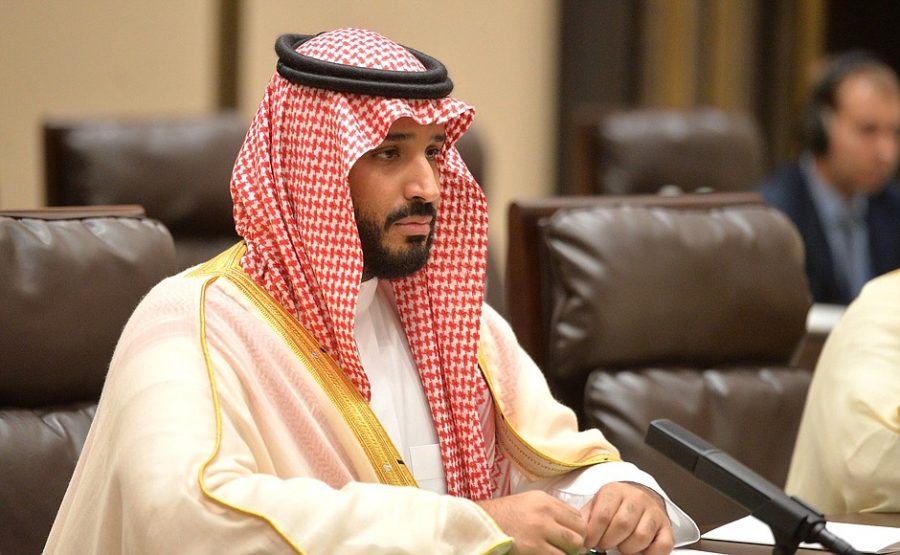The rise of Mohammad bin Salman
Little has been known of Prince Mohammad bin Salman outside Saudi Arabia before his father became king in 2015, following Abdullah bin Abdulaziz Al Saud’s death. For this reason, the 32 year old prince has become one of the country’s most influential leader.
After receiving a bachelor’s degree in law at King Saud University in the capital Riyadh, Mohammad worked for an assortment of state-sponsored bodies. He was appointed to be the special adviser to his father in 2009, who was serving as governor of Riyadh at the time. In 2012, his father was appointed crown prince after the death of Nayef bin Abdul Aziz, who is the father of Mohammed bin Nayef. The following year, when he was made head of the Crown Prince’s Court, it signaled his rise to power. In 2015, when Salman succeeded the throne at the age of seventy-nine, he began making dramatic changes to the line of succession.
King Salman made two significant strides within the government, naming his son the Minister of Defense and Mohammed bin Nayef the deputy crown prince. Nayef was the first of Ibn Saud’s grandsons, the original founder of the kingdom, to be placed in the in line of succession. Further, Mohammad bin Salman launched a military campaign in Yemen in March 2015. Up until recently, the campaign has had finite progress progress with Saudi Arabia and its allies being accused of committing human rights violations and triggering a humanitarian crisis in the Arab world’s poorest nation. King Salman made more changes to the line of succession later that year as he appointed Mohammed bin Nayef as crown prince and his son second deputy prime minister and president of the Council of Economic and Development Affairs. Following, Prince Mohammed unveiled Vision 2030, a wide stretching change to the nation’s policies in order to bring new economic and social change to the kingdom and decrease its reliance on oil.
In June 2017, among already predicted speculation, Mohammad bin Salman was elevated to the position of crown prince, directly replacing his cousin Mohammed bin Nayef. This move has significantly shifted the country’s direction, as the crown prince has begun to solidify his power with his movement towards social and economic liberalization. In September, several intellectuals and clerics were detained for allegedly working against the security of the kingdom. Official sources reported that those alleged were monitored by Saudi Arabia’s Presidency of the State Security, according to Al Arabiya English:
“The cell worked to disturb the interests, methodology, capabilities and social safety of the Kingdom in order to stir up sedition and prejudice and destabilize national unity.”
Later that month, the crown prince had been given responsibility for the King Salman’s announcement that the ban on female drivers would end around June 2018, despite the country’s more conservative figures opposition. In October, Mohammad called for a return of moderate islam, believing it necessary to meet the modern world’s views. The crown prince announced an investment of 500 billion dollars into a new city and business zone, named Neom.
The following month, the crown prince Mohammad set forth a move of anti-corruption, which several have viewed as the last obstacle in gaining complete control of the kingdom. Of those detained were eleven princes, four ministers and several influential businessmen were among many of people detained following the crown prince’s action. This most importantly included Prince Miteb bin Abdullah, who was removed from the position as chief of the nation guard, then only service that hadn’t been under the crown prince’s influence. Prince Miteb has recently been released from detention after making a one billion dollar deal with authorities.



